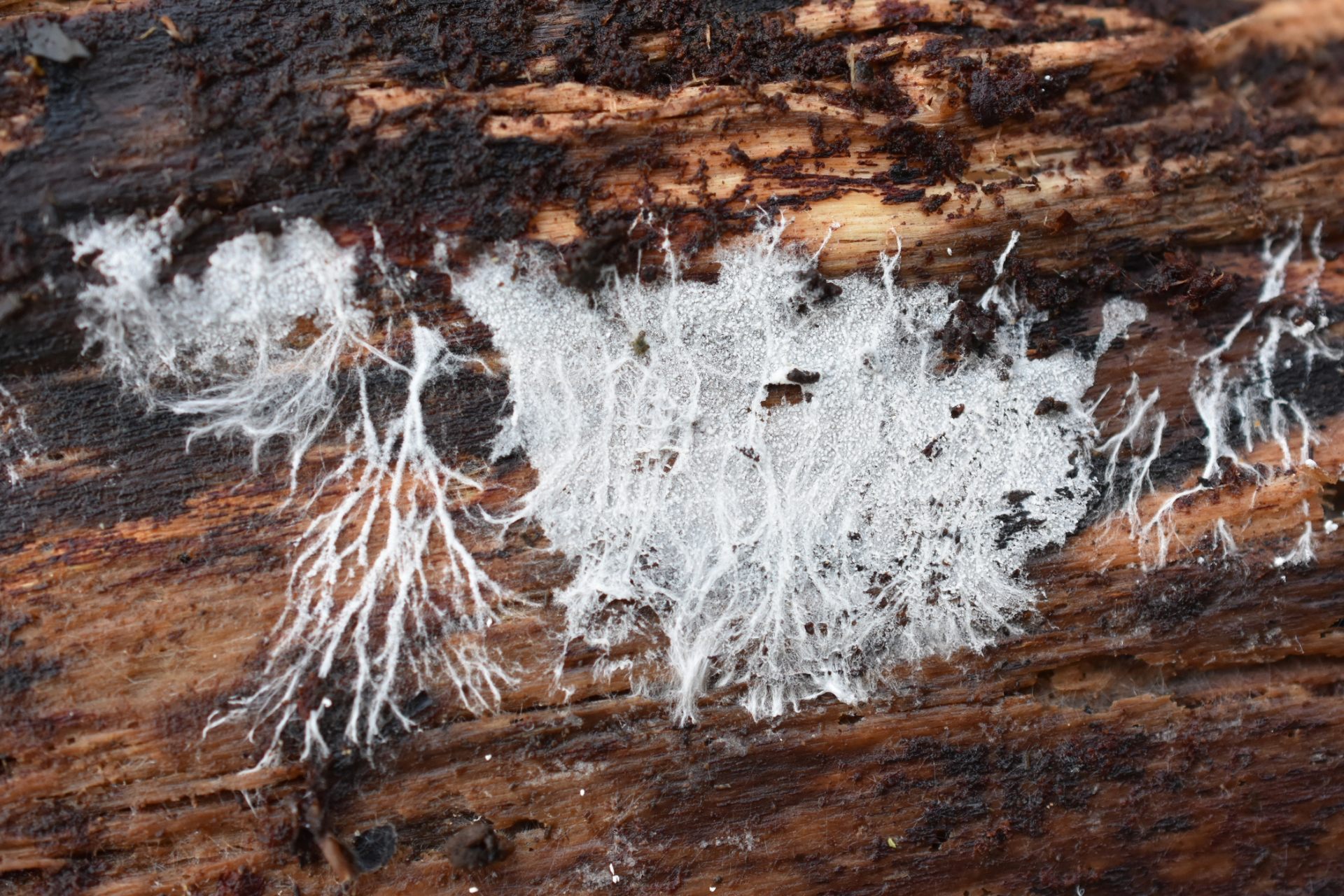NASA research has spawned myriad life-improving technologies over the years, including water purification, home insulation, and freeze-drying processes for food.
Now, the space agency is investing in innovative synthetic biology research that aims to use threaded fungal root systems, or mycelia, to build off-world habitats, as reported by Archinect. As before, this myco-architecture project could even inform eco-friendly building designs on Earth.
A team of engineers at NASA Ames Research Center has received $2 million in funding through the agency's Innovative Advanced Concepts program to continue developing their Mycotecture Off Planet project.
"Right now, traditional habitat designs for Mars are like a turtle — carrying our homes with us on our backs — a reliable plan, but with huge energy costs," said Lynn Rothschild, the principal investigator on the early-stage project, in a press release.
"Instead, we can harness mycelia to grow these habitats ourselves when we get there."
Given the right conditions, the fungus can form complex structures ranging from a leather-like material to building blocks for a future Mars habitat.
The sustainable off-world plan starts with dormant fungi, which are capable of surviving long space journeys. Using simple, lightweight structures and adding water to the mycelia, it will grow around the framework and provide a fully functional human dwelling.
"We invest in these technologies throughout their lifecycle, recognizing their potential to help us accomplish our goals — benefiting industry, our agency, and humanity," as Walt Engelund from the Mission Directorate at NASA Headquarters shared, per the article.
The overall design is a three-layer dome structure, with the outer section consisting of frozen water ice, perhaps using resources found on the Moon or Mars. While that helps protect from radiation, a layer of cyanobacteria would use that water and sunlight to photosynthesize oxygen and nutrients, feeding the final layer of mycelia.
That fungal structure would then be baked to kill the lifeform, resulting in structural integrity and keeping other worlds free from biological contamination.
Companies have worked with mycelium bricks before, using the microscopic fungi fibers mixed with agricultural waste. Natural materials like these could help replace concrete and cement, which pose a significant environmental threat. Around 40% of planet-warming carbon pollution stems from construction processes alone.
Fungus has become an unlikely champion in other places as well. It's been used as a flame retardant, to improve soil's carbon capture ability, and to eat plastics.
Rothschild's lab is working with mycelia in a variety of other projects that make their way toward improving life on Earth, including water filtration, bioluminescent lighting, and self-healing habitats that could mimic the inherent properties of cork.
"NASA's space technology team and the NIAC program unlock visionary ideas – ideas that make the impossible, possible," NASA Administrator Bill Nelson said.
"This new research is a stepping stone to our Artemis campaign as we prepare to go back to the Moon to live, to learn, to invent, to create — then venture to Mars and beyond."
Join our free newsletter for weekly updates on the coolest innovations improving our lives and saving our planet.








